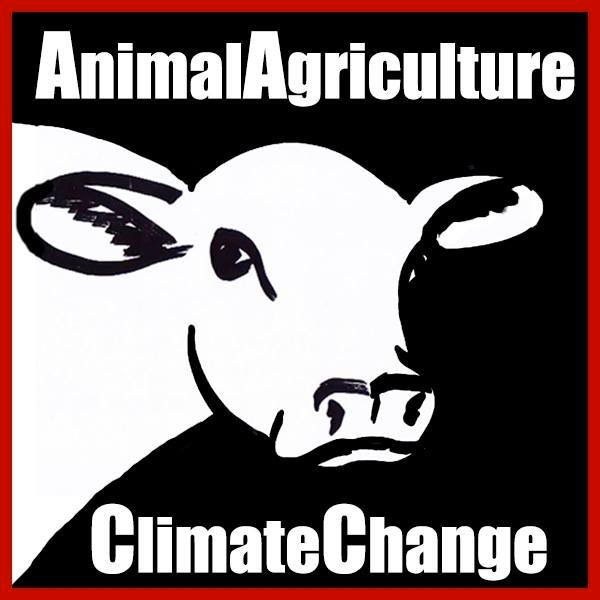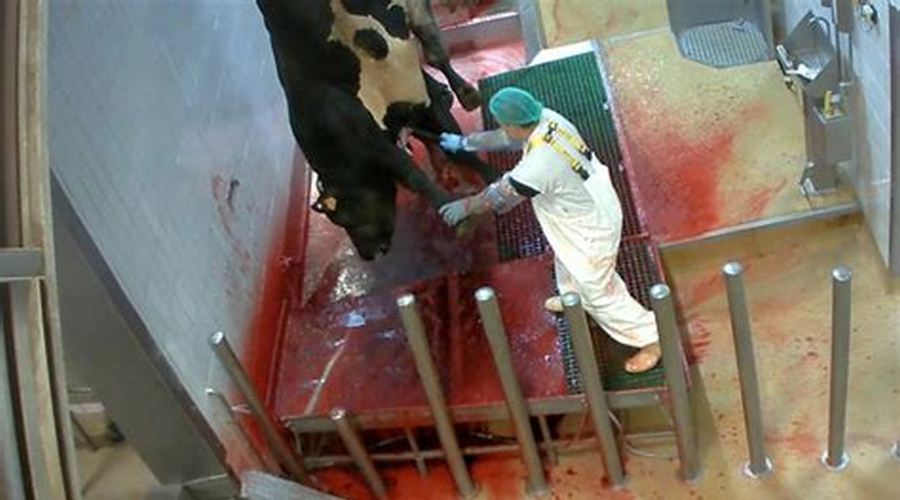The coronavirus pandemic is resurging in many countries that thought they had it under control. One of the key hotspots is in slaughterhouses and meat-processing plants. Now it the time to rethink eating meat.
As Victoria entered Stage 4 restrictions in July, the meat shelves in supermarkets were stripped bare. Premier Daniel Andrews warned that “you may not be able to get the cut of meat you want” as abattoirs and meat processing plants reduced their normal output by a third.
And as COVID-19 continued, many of us suddenly had a new awareness of Victoria’s meat processing facilities. It started with the 111 cases connected to Cedar Meats, the site of Victoria’s largest COVID-19 outbreak back in April.That list expanded to include Ingham’s, Bertocchi and JBS – and the outbreaks were even larger.
Along with aged care and education, meat processing is one of the industries responsible for the most COVID-19 cases in Victoria. But the COVID-19 pandemic actually presents a vital opportunity to rethink our relationship to meat – how it impacts our health, our planet and each other.
The hazards of meat processing
Evidence from the United States and Europe suggests abattoirs and meat processing plants are particularly vulnerable to COVID-19 outbreaks.
By July, more than 16,000 cases of COVID-19 had been reported in meat processing facilities in the US. Here in Victoria, a 51-year-old Victorian chicken-plant worker died after contracting COVID-19.
These outbreaks are thought to be related to the physical layout of meat processing facilities, with workers in close proximity for long shifts. The cold temperature may also increase the potential for COVID-19 transmission.
Meat workers also face other occupational hazards US meat workers are three times more likely to suffer serious injury than other workers, facing exposure to intense noise, low temperatures and harsh chemicals, with the risk of musculoskeletal and psychological disorders.
Now, the global pandemic has amplified the risks faced by these workers.
Meat eating and planetary health
The impact of food production on our planet is undeniable. Research has found that our food supply chain is responsible for 26 per cent of anthropogenic greenhouse gas emissions. And if current dietary trends favouring meat continue, our food systems will be pushed to the edge of planetary boundaries by 2050.
As climate change impacts on how we get our food, we urgently need to transform food production and consumption.
While this is a daunting task, reducing the consumption of meat and other animal products has an enormous effect. As consumers, we can achieve environmental benefits on a scale that producers cannot match. We hold the greatest power.
A 2017 US study found that by simply substituting beans for beef, America could have achieved between 46 and 74 per cent of the emission reductions required to meet its 2020 targets. Globally, if we excluded animal products from our diets, we would reduce land use by 76 per cent and halve water acidification.
Importantly, a landmark study published in the journal Nature found that we cannot mitigate greenhouse gas emissions and keep our food system within environmental limits without a shift to more plant-based diets.
Meat eating and future pandemics
The long-term consumption of red and processed meat is associated with an increased risk of cardiovascular disease, colorectal cancer, type 2 diabetes and all-cause mortality. Irrespective of your sex, age, smoking status or level of physical activity – frequent meat consumption can do serious damage.
The pandemic may be the catalyst to take this health risk seriously, with evidence suggesting that people with cardiovascular disease, type 2 diabetes and cancer have an increased risk of severe illness from COVID-19. But the health impacts of meat eating go beyond these individual risks.
The spread of zoonotic diseases, caused by germs spreading from animals to humans, is closely linked to animal agriculture. Our agricultural practices fundamentally change natural ecosystems, encroaching into the habitat of wildlife and providing opportunities for diseases to spill over into humans.
COVID-19 is the latest zoonotic disease to cause havoc on a global scale, but it won’t be the last, with three out of four new and emerging infectious diseases coming from animals. We don’t need to look far to see the risks posed by zoonotic diseases, with multiple Victorian farms recently reporting cases of highly pathogenic avian influenza virus among their poultry.
These viruses currently have limited ability to spread between humans, but are only one step away from having pandemic potential. Outbreaks like this should remind us that the intensification and expansion of animal agriculture needed to feed our demand for meat brings us closer to the next pandemic.
Meat eating in Australia
Globally, the demand for meat is on the rise. Australians lead the pack, with an average annual meat consumption of 116 kilograms per person. Meat-eating has longstanding social and cultural significance, with some television ads positioning meat at the centre of what it means to be Australian.
In the ‘80s Naomi Watts turned down a date with Tom Cruise for her mum’s lamb roast. Now, the ‘You Never Lamb Alone’ campaign features an inclusive and multicultural beach BBQ, calling lamb the “ultimate cross-cultural protein”.
However, in 2018, around 12 per cent of the population – that’s nearly 2.5 million Australians – ate a predominately vegetarian diet. A study by market research company Roy Morgan suggests vegetarianism is most common in young, socially aware, culturally diverse inner-city singles and young families.
The shift away from meat in these demographics is on the rise, and as they take the reins, they are changing Australia’s entrenched social norms.
There’s no doubt that people shifting away from meat will be disruptive, but it has never been more urgent as we tackle not just this pandemic, but the impact of climate change.
Every industry is considering how to shape a “new normal” in the wake of COVID-19. This should include removing meat from the centre of our plates, or the danger is that we won’t exist to see how our new normal plays out.
Original source: https://pursuit.unimelb.edu.au

